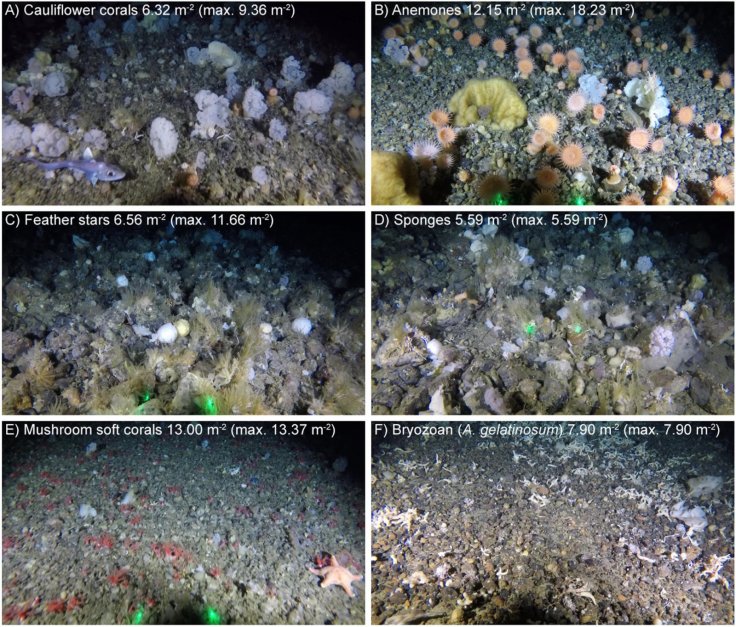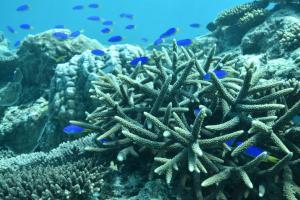A low-cost underwater camera was sent down to the depths of Greenland sea by the scientists from University College London (UCL), Zoological Society of London (ZSL) and Greenland Institute of Natural Resources. And, a surprise awaited them. The experiment led to the discovery of deep-sea soft coral garden habitat in the waters.
The first of its kind discovery unveiled an area of 486 square kilometers, and the researchers hope that it will be recognized as a "vulnerable marine ecosystem" that needs protection. Their research paper is published in Frontiers.

They will collaborate with the Greenland government and the fishing industry to ensure the safety of the habitat.
Deep Surfaces, Most Unexplored
Stephen Long, the first author of the study from UCL Geography and ZSL, said that there is a prevalent stereotype that the deep-sea areas are well explored, even as exploring them more is forgotten. But he said there were more maps of the planet Mars than we have of the deep seas.
The soft Coral Garden lives in complete darkness, at a depth of 500 meters. This habitat has colored corals, as well as feather stars, sponges, and anemones among other organisms.
This comes as a crucial discovery at a time when the largest habitat on Earth covering almost 65 percent of the planet has been left unexplored.
Easy, Innovative Method

Usually, surveying deep seas proves to be expensive and difficult, as it is done using expensive remote-machines and manned missions. The researchers innovatively overcame such problems by developing a low-cost towed video sled using a GoPro, lasers, and special lights, simply fixed on a steel frame.
Greenland's seabed is one such unexplored surface. Such surfaces are home to more than 2,000 different species. As our knowledge of the design of deep-sea ecosystems expands, researchers hope that discoveries such as this will increase.









